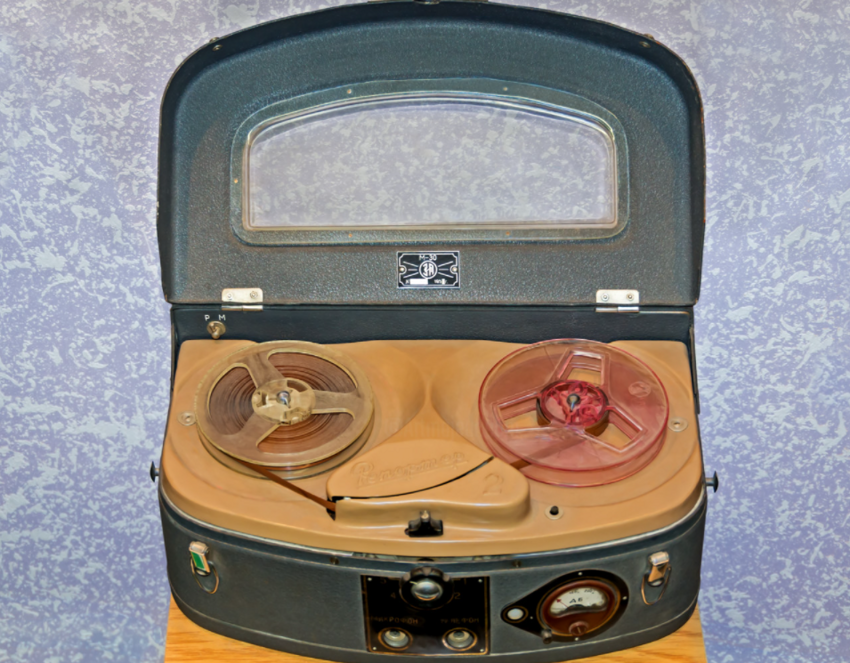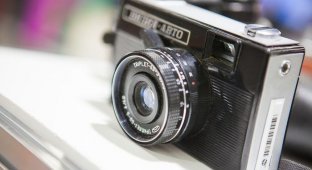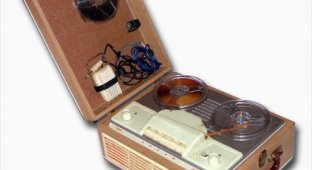Clockwork Dictaphone Suitcase: Soviet Reporter's Technique (11 Photos)
One of the most important reporter skills has long been shorthand, which is not at all surprising: write down in the usual way the longest speech of some party leader and not make mistakes, not to miss something from what was said, it is simply impossible. 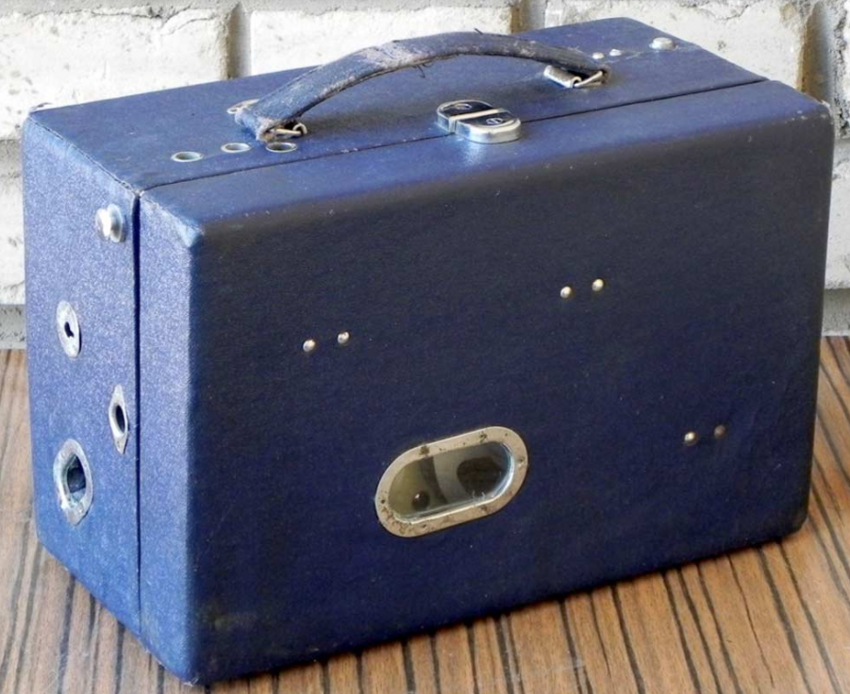
Dictaphone replaces shorthand
When technological progress has reached such heights that to the rescue journalists were able to get equipment, it was, of course, important achievement. The first tape recorders with the ability to record live speech, of course, seemed much more convenient and progressive than shorthand letters. But from the point of view of a modern consumer who has had time to get used to to the fact that "robots work hard, not humans", this convenience looks rather doubtful. 
Frame from the film "Diamond Hand"
In the middle of the 50s. Soviet industry pleased professional journalists by issuing a portable reporter's tape recorder "Dnepr-8", designed to record speech: in essence it was a classic voice recorder, which is now available in any inexpensive smartphone.
"Street organ" weighing 6 kg
But if we easily put a smartphone in our pockets or bags, then this "dictaphone" was designed in the form of a suitcase - like everyone else other reel-to-reel tape recorders of that time. Unlike brothers family "Dnepr", this device, indeed, was quite compact, but even with relatively small dimensions, its weight was about 6 kg - not so little if you constantly carry it with you such a thing... 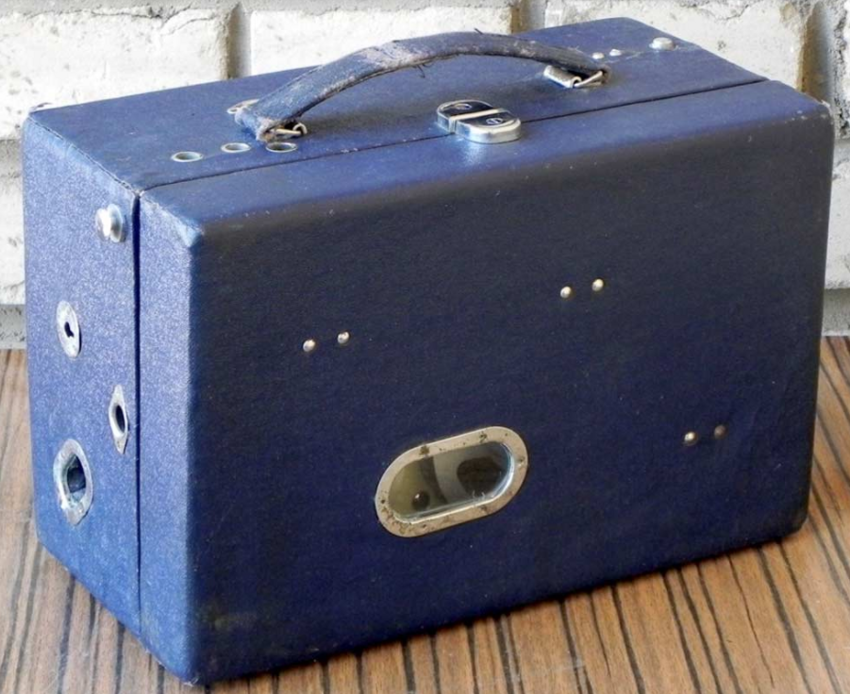
But the weight of the reporter's tape recorder was not yet the largest an inconvenience. It could only work from a spring mechanism, and time continuous recording was limited by the winding of this spring: as a rule, it enough for about five minutes, after which the mechanism was again required wind up like an antediluvian hurdy-gurdy. In order not to accidentally miss moment when the recording can suddenly stop, "Dnepr-8" was equipped with a special scale that showed the remaining time until the end factory. 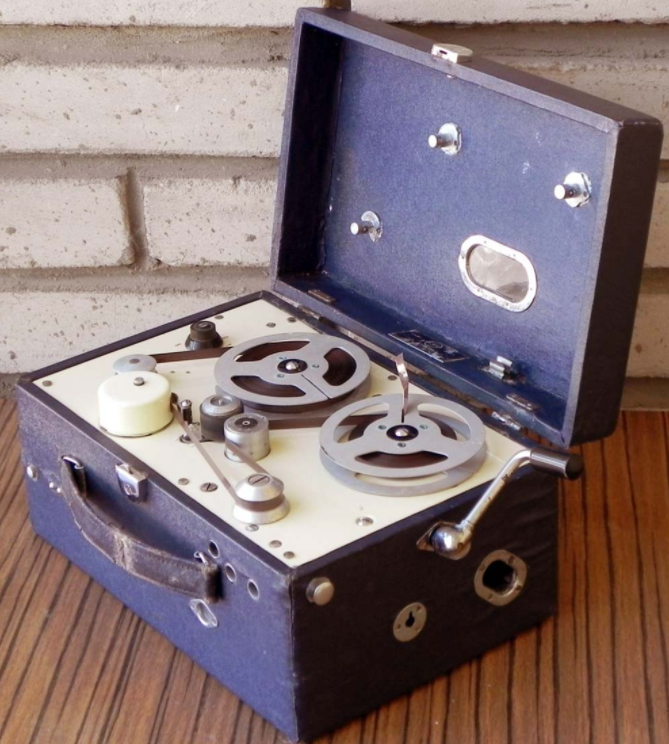
Is this technique really that good?
To a reporter who carries a 6 kg box and every five minutes he is forced to rotate the winding handle, being afraid at the same time miss something important in the recorded speech, you can only sympathize. Yes, and listening to the recording made was also not right for him. as simple as one would like: the tape recorder played it only through headphones (or, as they were then called, "headphones"), if I wanted to listen to it in the usual way, then I needed to connect external speakers.
The control of the tape recorder was also simple: turning the handle to number 1 started recording or its playback, turning to number 2 - rewinding the tape, but setting the switch to 0 meant turning off devices (the generator was powered by anode and filament batteries). 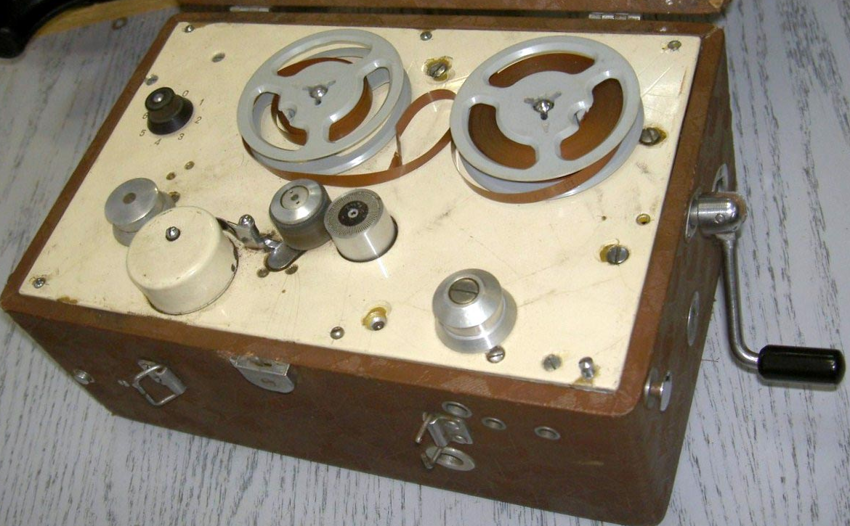
When selling this reporter's "dictaphone" was completed microphone MDM-2; as many as four spools of film to record within an hour; headphones and a spare set batteries. Deletion of old records was carried out using a special heads. The only advantage of this technique was that it is convenient was to take with you on trips to places where there was no electricity, everything else, including acoustic indicators, left a lot to be desired... 
Spring mechanism alternative
Of course, along with the Dnepr-8 tape recorder, there was also more advanced equipment. For example, "Reporter-2" (aka - M-30), also had small dimensions, but unlike the "Dnepr", could run on batteries rather than spring-loaded. This the device also looked like a small suitcase in which everything needed was placed: a tape drive mechanism, amplifiers, batteries, recording level indicator, microphone, spare coils and headphones. 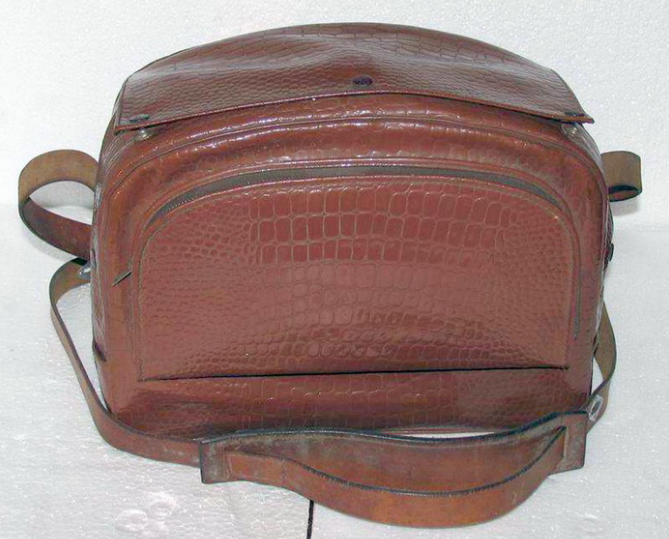
Recording was carried out from any microphone, moreover, he The device could not even be taken out of the case. Management of such tape recorder One of the most important reporter skills for a long time was stenographercoy, which was successively turned on the power amplifiers, the recording level was adjusted, the engine was turned on/ off. 


True, unlike the Dnepr-8, this tape recorder does not provided for the erasure of old records, which was somewhat inconvenient. Well, in terms of weight, "Reporter-2" was not much different from the above voice recorder - without spare cassettes and other additional equipment he weighed 6.5 kg, with all sorts of accessories - 8 kg. 